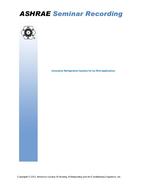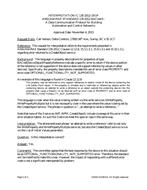Click here to purchase
Routinely encouraging and discouraging residentialelectric load throughout the day will be increasingly criticalin efficiently managing the smart grid to reliably deliverclean, low-cost electricity. Yet, manipulating theduty cycles of thermostatically controlled loads such asheating, air conditioning, and hot water heaters can havethe effect of destabilizing or stabilizing the grid. Thiswork explores the potential for price-responsive controlof residential air conditioning to shape electric demandat the distribution feeder level to minimize electricityproduction costs. Physical models of the interplay betweenbuilding thermal and electric loads are used tosimulate time-series temperature and load behaviour. Instantaneousload-adding and load-shedding opportunitiesare quantified in more than 100,000 individualhomes on 204 distribution feeders with results presentedfor 35 cities across the United States. In the context ofdistributed model predictive control, simulation offeeder-level response to a residential day-ahead 5-minutepricing vector to 2,146 homes highlights an aggregateimpact of flexible loads.
Citation: ASHRAE/IBPSA-USA Bldg Simulation Conf, Sept 2018
Product Details
- Published:
- 2018
- Number of Pages:
- 8
- Units of Measure:
- Dual
- File Size:
- 1 file , 3.6 MB
- Product Code(s):
- D-BSC18-C109


